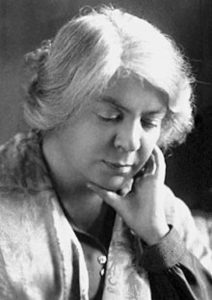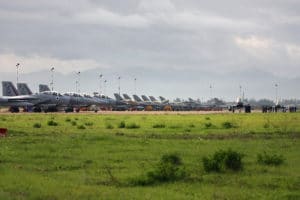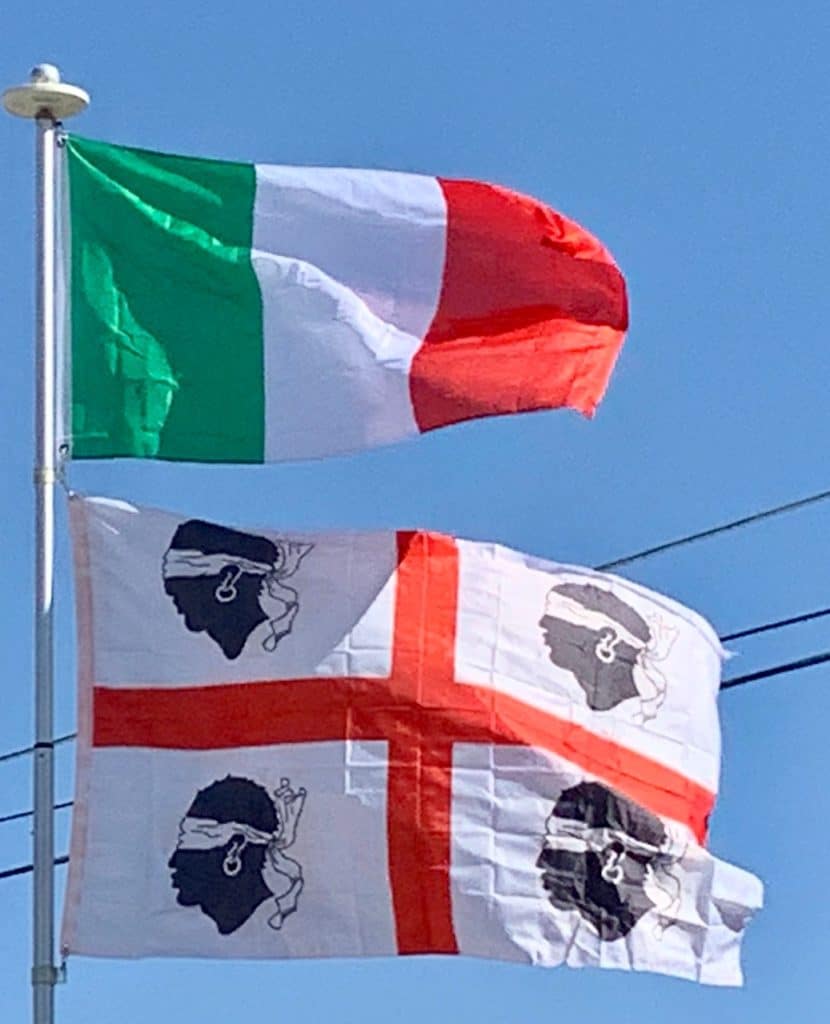During the First World War, the Sardinian soldiers of the Brigata Sassari distinguished themselves. It was the first and only regional military unit in Italy, since the people enrolled were only Sardinians. The brigade suffered heavy losses and earned four Gold Medals of Military Valor. Sardinia lost more young people than any other Italian region on the front, with 138 casualties per 1000 soldiers compared to the Italian average of 100 casualties.
During the Fascist period, with the implementation of the policy of autarky, several swamps around the island were reclaimed and agrarian communities founded. The main communities were the village of Mussolinia (now called Arborea), populated by farmers from Veneto and Friuli, in the area of Oristano and Fertilia, populated at first by settlers from the Ferrara area, followed, after World War II, by a notable number of Istrian Italians and Dalmatian Italians hailing from territories lost to Yugoslavia, in the area adjacent the city of Alghero, within the region of Nurra . Also established during that time (1938) was the city of Carbonia, which became the main center of coal mining activity, that attracted thousand of workers from the rest of the Island and the Italian mainland. The Sardinian writer Grazia Deledda won the Nobel Prize for Literature in 1926.

During the Second World War, Sardinia was an important air and naval base and was heavily bombed by the Allies, especially the city of Cagliari. German troops left the island on 8 September 1943, a few days after the Armistice of Cassibile, and retired to Corsica without fighting and bloodshed, after a bilateral agreement between the general Antonio Basso (Commander of the Armed Forces of Sardinia) and the German Karl Hans Lungerhausen, general of the 90th Panzergrenadier Division.
Post-Second World War Period:
In 1946, by popular referendum, Italy became a republic, with Sardinia being administered since 1948 by a special statute of autonomy. By 1951, malaria was successfully eliminated by the ERLAAS, Anti-malaric Regional Authority, and the support of the Rockefeller Foundation, which facilitated the commencement of the Sardinian tourist boom. With the increase in tourism, coal decreased in importance but Sardinia followed the Italian economic miracle.
In the early 1960s, an industrialization effort was commenced, the so-called Piani di Rinascita (rebirth plans), with the initiation of major infrastructure projects on the island. These included the construction of new dams and roads, reforestation, agricultural zones on reclaimed marshland, and large industrial complexes (primarily oil refineries and related petrochemical operations). With the creation of petrochemical industries, thousands of ex-farmers became industrial workers. The 1973 oil crisis caused the termination of employment for thousands of workers employed in the petrochemical industries, which aggravated the emigration already present in the 1950s and 1960s.

Sardinia faced the creation of military bases on the island, like Decimomannu Air Base and Salto di Quirra (the biggest scientific military base in Europe) in the same decades. Even now, around 60% of all Italian and NATO military installations in Italy are on Sardinia, whose area is less than one-tenth of all the Italian territory and whose population is little more than the 2.5%; furthermore, they comprise over 35.000 hectares used for experimental weapons testing, where 80% of the military explosives in Italy are used.
